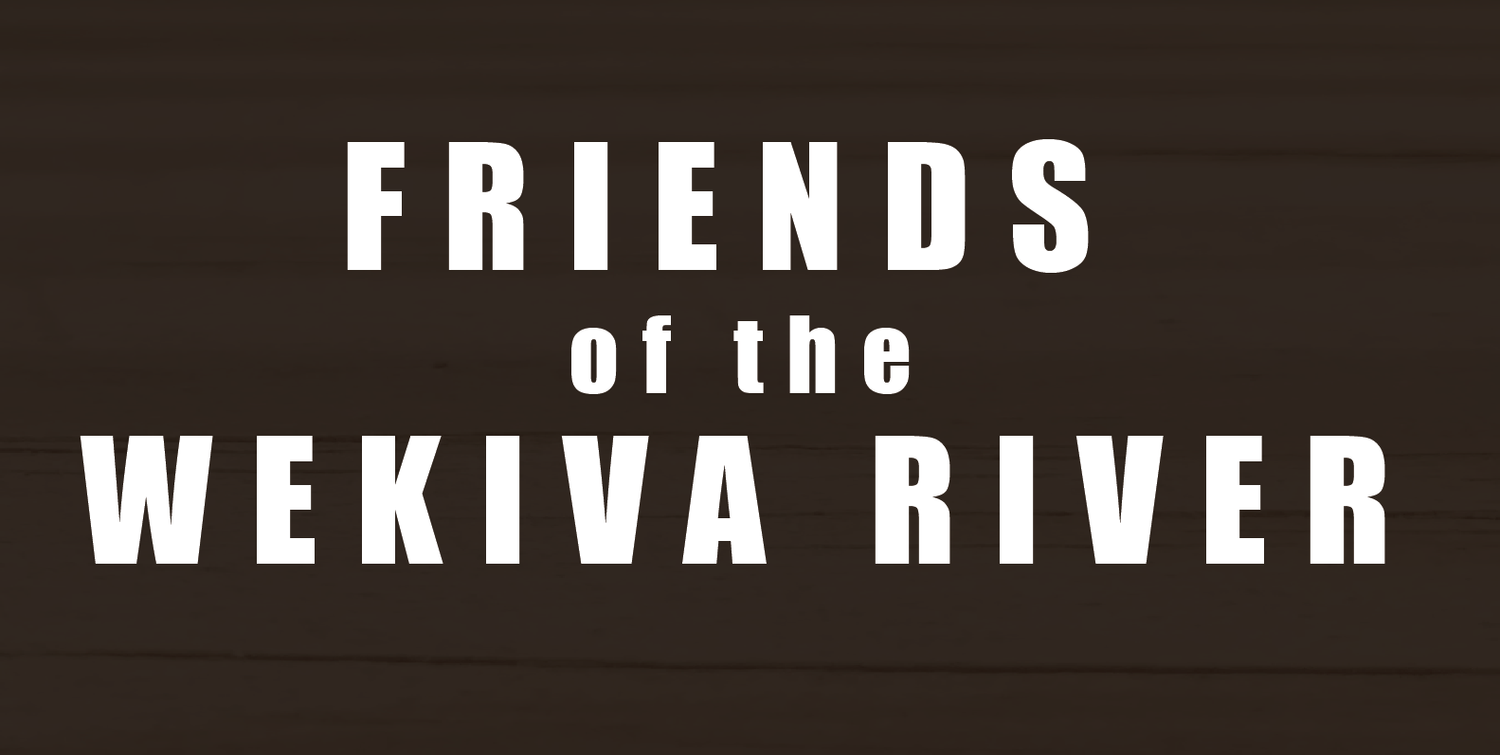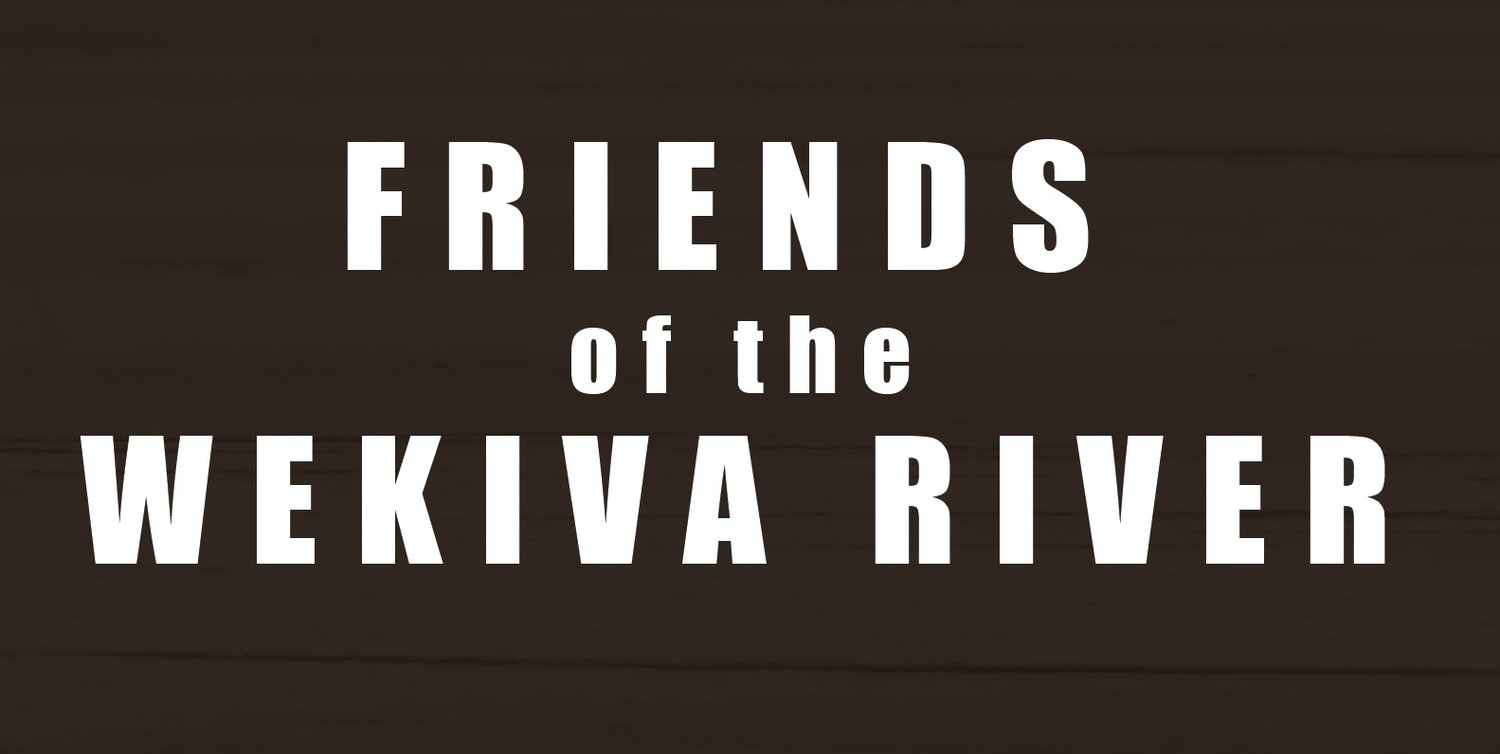Central Florida’s version of winter is upon us
Like the other seasons, there are plenty of signs that winter is here, but this winter is not necessarily evident in colder temperatures and low humidity with no precipitation. In fact, we have mostly experienced just the opposite during this winter.
Winter provides a great opportunity to hike in the state parks of the Wekiva region. Many of my comments about the telltale signs of winter are based on two 10-mile hikes that I have recently completed: one in Wekiwa Springs State Park, and one in Seminole State Forest. I have tried to capture some of the experiences and images in a brief article on the Friends of the Wekiva River homepage – take a look.
These hikes provided a glimpse of the diversity of natural systems that have been protected in the conservation lands buffering the Wekiva River. The hikes that I referred to traversed from flatwoods to sandhills to scrub to floodplain to aquatic habitat associated with river, and travelled along the river, creeks and springs. They are in marvelous, natural condition, and they are managed well by Park and Forest biologists. In those treks across the landscape, I made note of a few indicators of winter, even if it was over 80° during portions of the hikes. Here’s what I saw:
Deciduous trees have finally lost their leaves, in some cases exposing clumps of the parasitic mistletoe. Still, even in late January, you could see a few yellow leaves hanging on some maples, sweetgums or elms, and even new leaves sprouting on saplings of these species. It is confusing being a deciduous tree in Florida, but, for the most part, those trees that lose their leaves for a couple of months each year are denuded.
Alligators and turtles are sunning on logs and riverbanks for much of the daytime hours. Basking in radiant heat in air temperatures that are warmer than the water gives these animals a chance to stay active during mild winter months.
Some birds, including bald eagles, owls and hawks are nesting or rearing young. I saw a pair of great blue herons carrying nesting material to the top of a tall loblolly pine tree at the edge of the river floodplain.
Broomsedge, blue maidencane, lovegrass, maidencane and other grasses have shed their seeds and lie dormant in a drab, tawny stalk to remind us there is an annual cycle for these perennials.
Even in winter, some plants can be found in flower on any given trek through the woods. Two early spring flowering plants, yellow butterwort and woolly sunbonnets were in full glory on my hike through the forest. Wild pennyroyal, a short, shrubby plant of scrub habitats also had scattered flowers.
Although not yet blooming, I noticed the vegetative growth of dozens of irises that have emerged in the wetland floodplain in the Forest. I made a mental note to come back to this area next month when these plants will be in full bloom.
In the bright sunshine, an incredibly strong, sweet scent still wafts from the deteriorating basal leaves of vanillaleaf, a plant that flowered months ago.
For the most part, ferns have senesced, and lie decrepit and dormant for the winter. However, I also saw several individuals of cinnamon fern that have taken a chance on mild weather and sprouted from the base.
Saplings girdled by deer in rut are succumbing to lack of water and nutrition, and appear to be dying. Some of these will likely sprout from the roots, but may suffer the same consequences in a couple of years. It is a wonder that trees ever mature in areas of high white-tailed deer density.
Marshes and swamps, typically dry or close to it at this time of year, are overflowing because of the heavy rainfall in January, along with relatively reduced evaporation and transpiration. This is a somewhat ironic transition, since these wetland systems were dry throughout most of the rainy season. It took heavy rainfalls in late August and early September to flood these areas, and the preponderance of rainfall in the fall and winter has sustained the inundation, albeit off of the normal pattern of rainfall and drought in Florida.
There is substantial, dramatic land management ongoing at Seminole State Forest. Buffered from large-scale natural perturbations, particularly fire, natural systems in central Florida almost always require human intervention to sustain some semblance of their natural function. In the Forest, a large block of scrub habitat has been roller-chopped and burned in order to mimic the historically natural patterns of periodic fires. The current condition of the areas that have been disturbed is fairly stark, and I have heard several people comment about the apparent destructive actions that were implemented. In order to sustain Florida scrub-jay populations and a balance of different ages of scrub habitat in this relatively small enclave of scrub, these management actions are occasionally necessary. Now that it has been a number of weeks since the chopping and burning, new growth pervades within this scrub habitat, and gopher tortoise burrows show signs of recent activity. The scrub-jays that inhabited this area may have had to adjust their home ranges in the short-term, but the enhanced suitability of the habitat when they return should be beneficial to them.
As always, I appreciate your interest in the ecology of the Wekiva basin. Hike through, dive in or paddle along, and let me know what you find.
Jay H. Exum, Ph.D.






